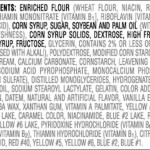 It doesn’t sound difficult, but reading and understanding food labels is a tricky task. Big companies are exceptionally good at deceiving the public. They lure you in with bold letters and big statements, but what they are really doing is distracting you from the truth.
It doesn’t sound difficult, but reading and understanding food labels is a tricky task. Big companies are exceptionally good at deceiving the public. They lure you in with bold letters and big statements, but what they are really doing is distracting you from the truth.
When you pick up a product at the store, what do you look at? Most people checkout the front of the package. They read all kinds of claims like “low-fat, no trans-fats, sugar free, reduced sodium, etc”, and people truly believe that they are being healthy. I’m going to teach you my method of reading and understanding food labels.
What is a healthy product?
Before we dive into the topic of label reading, you need to be able to define a healthy food product. I believe the food we feed ourselves and our families should be natural whole food, free of artificial additives and preservatives. In my mind, food additives like, MSG, Blue color1, hydrogenated soybean oil, and acesulfame-K, do not represent healthy ingredients.
What to look for, step by step.
- Read the ingredients first! Before reading the claims on the front or the Nutrition Facts, first read the ingredients to figure out if it is a “healthy product”.
- If the list of ingredients is too long or you cannot pronounce them, I guarantee that it is not a healthy product.
- Make sure the first few ingredients are the bulk of the food product. For example, if you bought salad dressing, the first two ingredients should probably be oil and vinegar. Ingredients are always listed in order of proportion of the total content.
- Make sure sugar is not one of the top three ingredients. Other examples of sugar are sucrose, glucose, fructose, sorbitol, mannitol, corn syrup, and high fructose corn syrup.
- When reading ingredients, stay away from hydrogenated oils (trans fats), artificial sweeteners (saccharin, aspartame, sucralose, acesulfame-K), preservatives and additives (MSG, nitrates/nitrites, polysorbate 80, and carboxymethyl cellulose). These are all hazardous ingredients.
- After reading the ingredients and deciding that it is a “healthy product”, it’s time to check out the Nutrition Facts. This will be discussed in next month’s newsletter, How to Read a Food Label, Part II.
Example Ingredients Comparison:
Low-fat, sugar free yogurt: Water, skim milk, strawberry puree, cream, milk protein concentrate, contains less than 1% of whey protein concentrate, natural and artificial flavors, modified corn starch, sucralose, potassium sorbate (to maintain freshness), malic acid, sodium citrate, Red 40, Blue1. Contains Active Yogurt Cultures.
Betsy’s comments: This is not a healthy product because it contains a bunch of nasty additives, like artificial flavors, sucralose (artificial sweetener), lots of preservatives, and artificial food coloring.
Fruited yogurt: Cultured grade A reduced fat milk, sugar, strawberries, fructose syrup, high fructose corn syrup, modified corn starch, whey protein concentrate, bananas, contains less than 1% of Kosher gelatin, natural flavor, pectin, malic acid, potassium sorbate (to maintain freshness), sodium citrate, tricalcium phosphate, annatto extract (for color), Red 40, Blue 1. Contains active yogurt cultures.
Betsy’s comments: This is not a healthy product because it contains a lot of sugar. Sugar is the second ingredient as well as fructose syrup and high fructose corn syrup, which are also listed near the top. This product also contains some preservatives and artificial food coloring.
Plain yogurt: Cultured grade A milk. Contains active yogurt cultures including L. acidophilus.
Betsy’s comments: This is a healthy product because it is pure and natural. It contains milk and culture, no other additives. Plain yogurt mixed with fresh fruit is a great breakfast or snack.
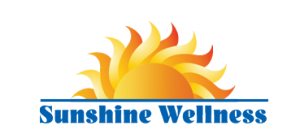

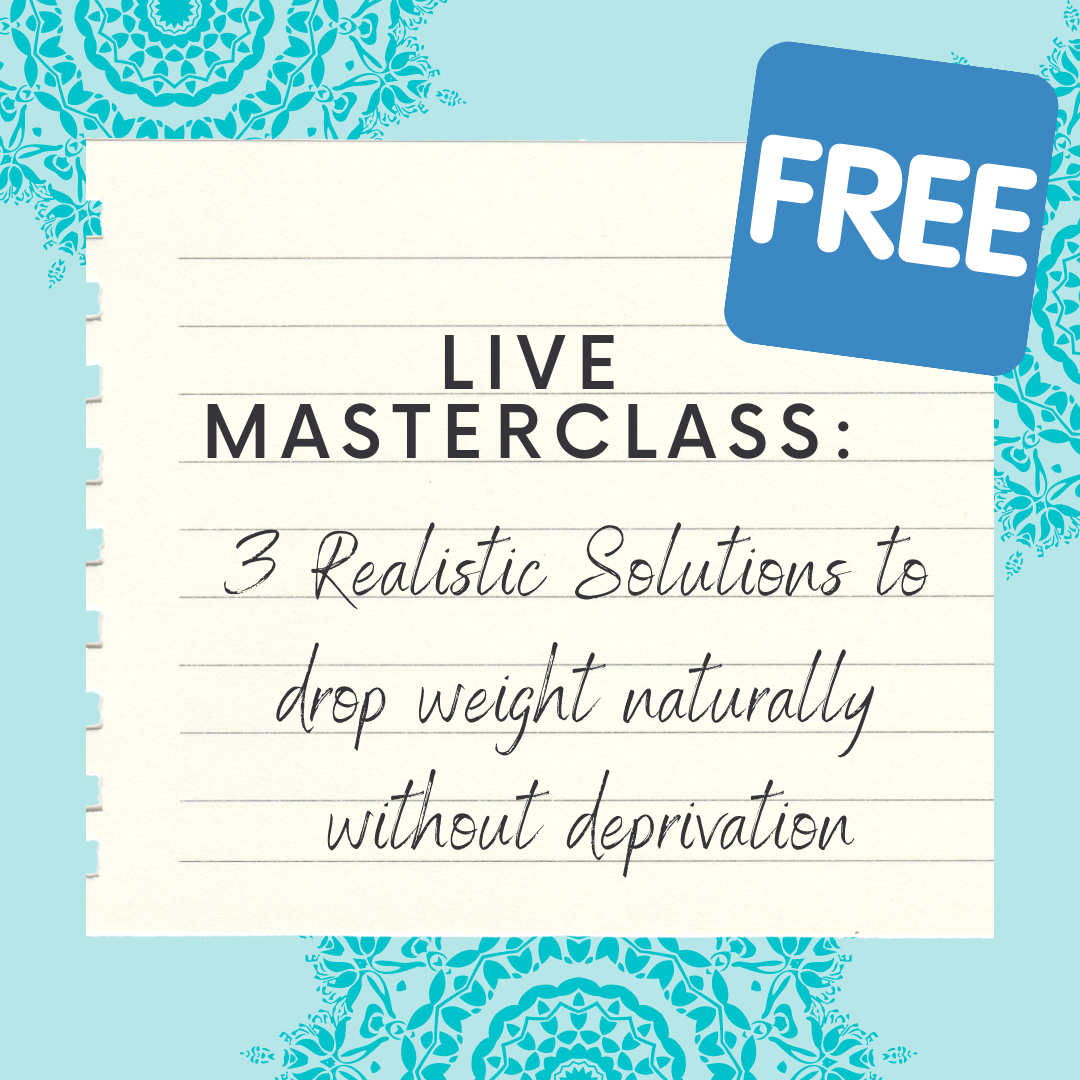
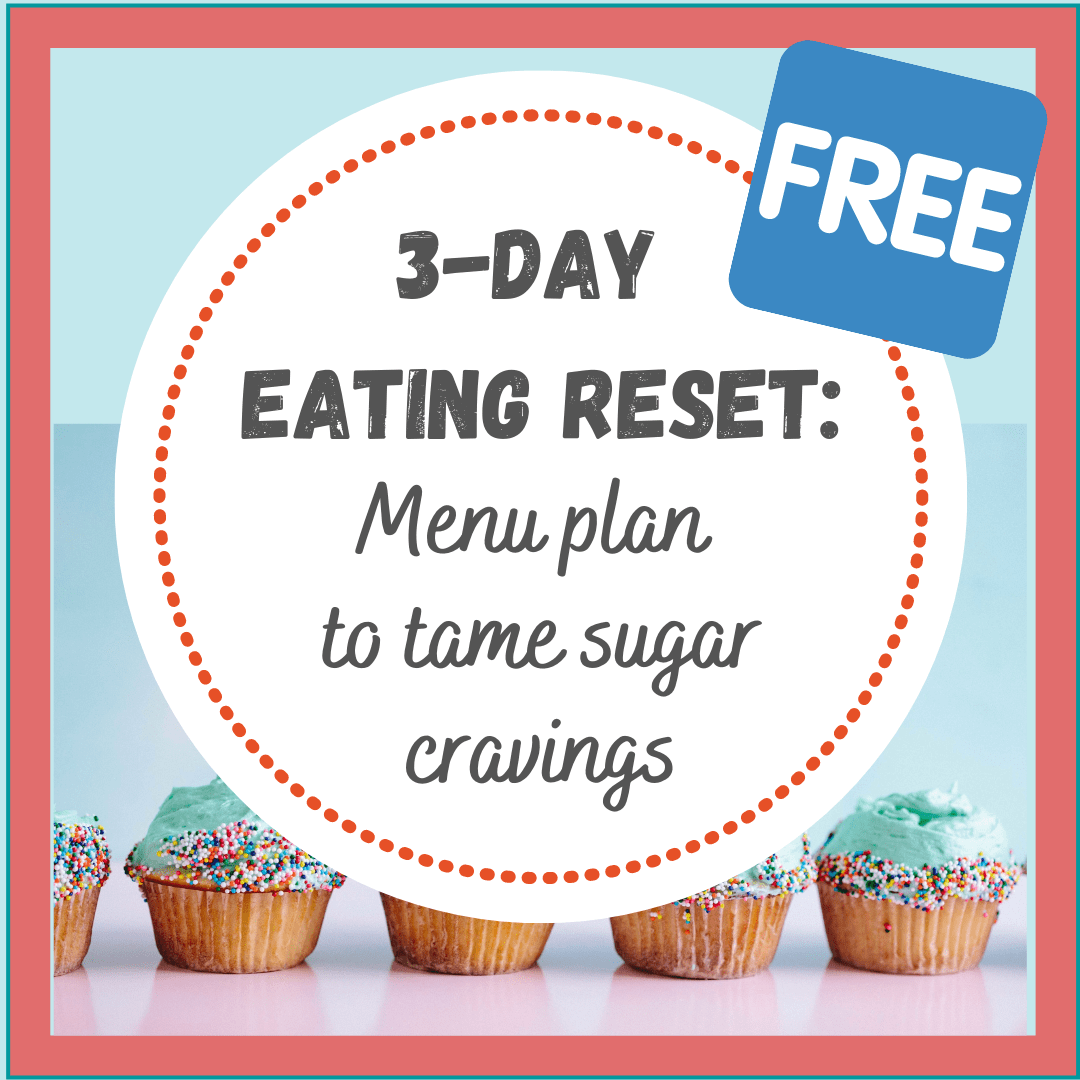
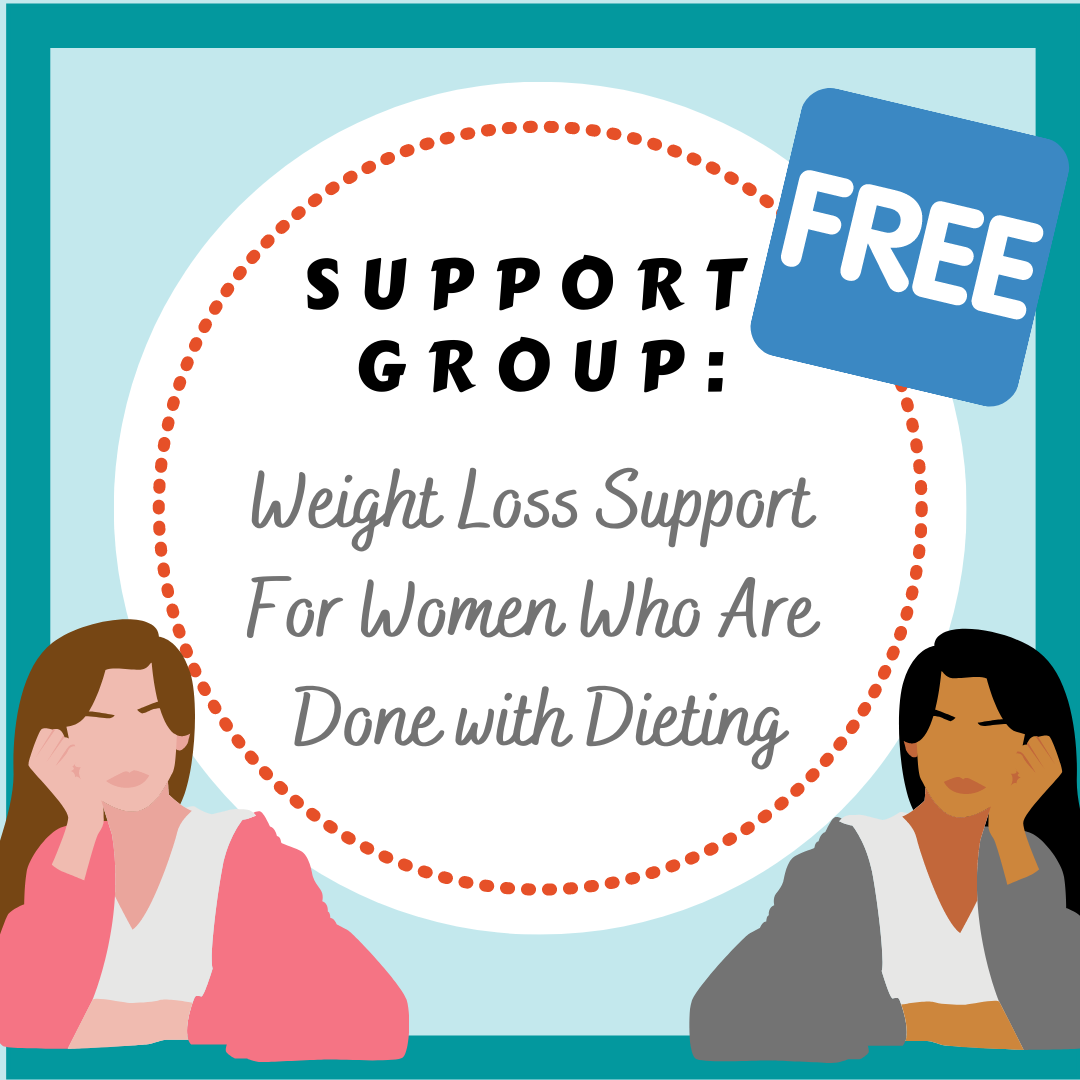
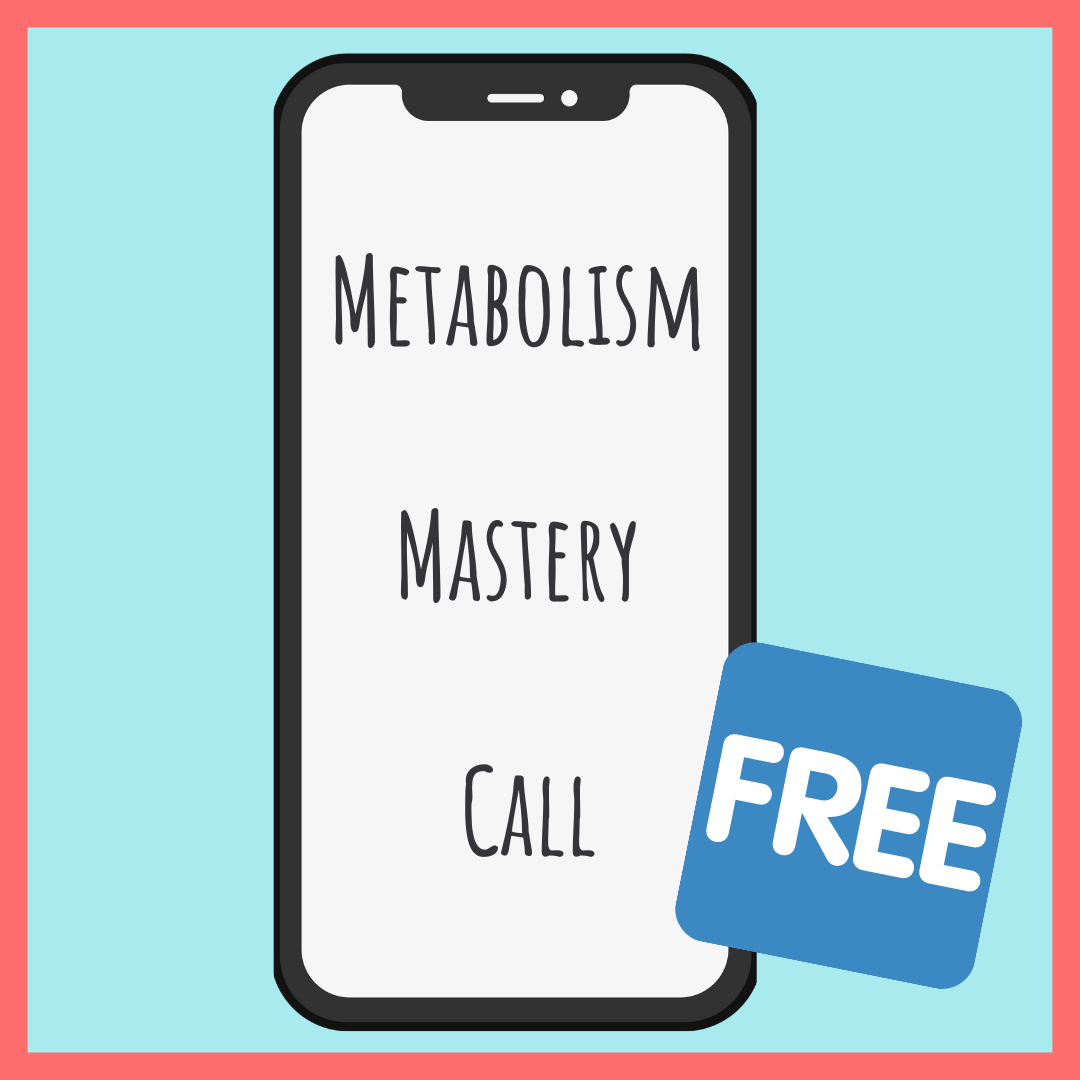










Leave a Reply